Coin Kan’ei tsūhō
A round copper alloy coin with a square hole in the centre, called tongbao 通寶 or literally “money in circulation”. It has been the standard currency in China in many varieties and values since the time of Emperor Gaozu 高祖 (reigned 618–626), the first emperor of the Tang Dynasty (618–907). The shape of the round coins with an inscription of four characters arranged around a square hole in the centre was maintained until the end of the Qing Dynasty (1644–1912). The inscription always consisted of two characters, reading from top to bottom, indicating the name of the imperial reign (nianhao 年號), during which the coin was minted, and the characters tong 通 and bao 寶, following each other horizontally from right to left. Thus, the entire inscription literally means “money in circulation at the time of this or that emperor”. In the course of cultural and trade exchange, this type of coin format also reached Japan, ... more
A round copper alloy coin with a square hole in the centre, called tongbao 通寶 or literally “money in circulation”. It has been the standard currency in China in many varieties and values since the time of Emperor Gaozu 高祖 (reigned 618–626), the first emperor of the Tang Dynasty (618–907). The shape of the round coins with an inscription of four characters arranged around a square hole in the centre was maintained until the end of the Qing Dynasty (1644–1912). The inscription always consisted of two characters, reading from top to bottom, indicating the name of the imperial reign (nianhao 年號), during which the coin was minted, and the characters tong 通 and bao 寶, following each other horizontally from right to left. Thus, the entire inscription literally means “money in circulation at the time of this or that emperor”. In the course of cultural and trade exchange, this type of coin format also reached Japan, where such coins were often used as good luck charms or even took the place of individual clan coats of arms, for example on military equipment.
One of the most common were the Kan’ei tsūhō 寛永通寶 coins, like the one seen in the photo. From the few available sources, it appears that they came into circulation in China during the time of Emperor Qianlong 乾隆 (reigned 1735–1796). At that time, the local minting of money in private mints was strictly forbidden in China. The mysterious coins were accidentally discovered in the coastal region of Jiangsu Province, where many trade transactions were conducted, including with Japan and Korea. The local official in charge of managing trade and taxes reported the discovery to the court, where the news caused great confusion and astonishment. In Chinese history, there has never been a ruler with the title Guangyong 寛永, which is the Chinese reading of the Japanese name Kan’ei. Moreover, the coins differed from the standard Qing dynasty coins, which were distinguished by the inscriptions they bore: four Chinese characters on the obverse and inscriptions in Manchu script on the reverse.
Qianlong commissioned provincial officials to investigate the background of the coins, but none of them could figure out where the money might have come to China from. Finally, a scholar from around the city of Suzhou 蘇州 named Wang Huiyin 王慧音 realised that the coins were Japanese and not Chinese. He came to this conclusion on the basis of a reference to the Japanese emperor of the Edo period (1603–1868), Kan’ei 寛永 (1624–1644). The inscription on the coin, which reads “Kuanyong tongbao” in Chinese, is pronounced “Kan’ei tsūhō” in Japanese, meaning “money in circulation during the reign of Kan’ei”. In the middle of the Ming Dynasty (1368–1644), with the abolition of sea expeditions and the gradual isolation of China, China’s cultural and intellectual contacts with Japan had also declined, and with them Chinese knowledge of social and political conditions in Japan after that time. Nevertheless, trade continued to flourish during this period, thanks largely to smugglers and pirates. Officials concluded that the coins had most probably been brought to China by a Chinese merchant who traded copper in Japan. The ban on local coinage imposed by Qianlong meant that there was a shortage of circulating money in certain parts of China, so the Japanese coins were probably used as currency in the coastal belt quite spontaneously. (MG)
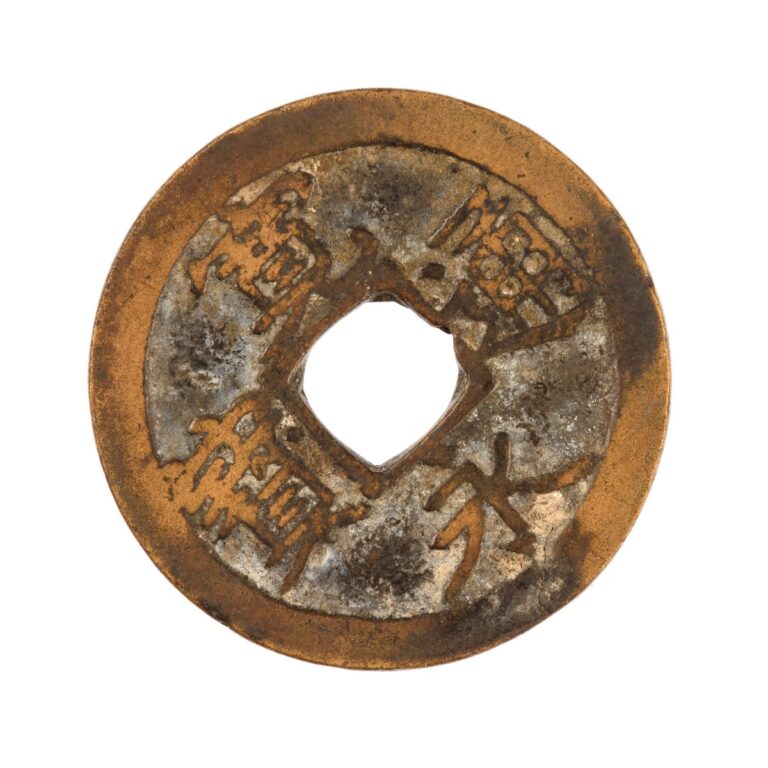
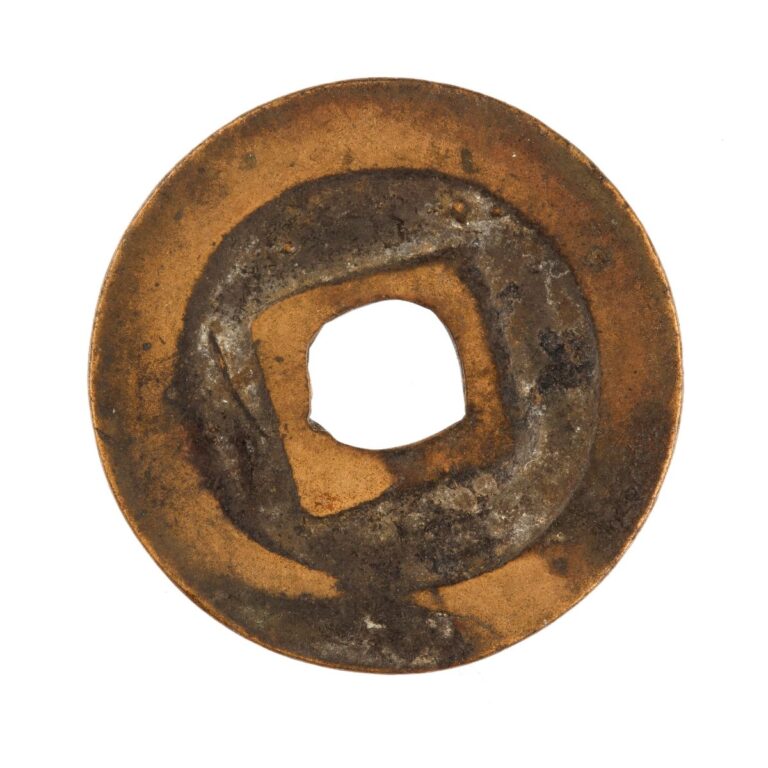
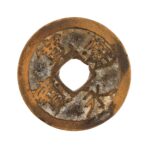

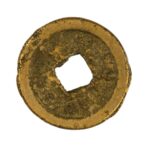











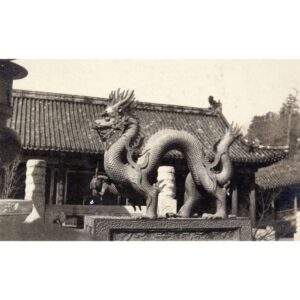










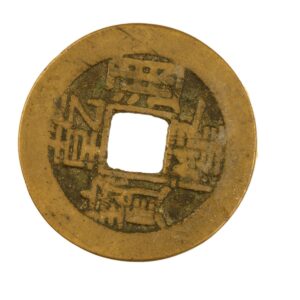










Do you have a comment or additional information about the subject?